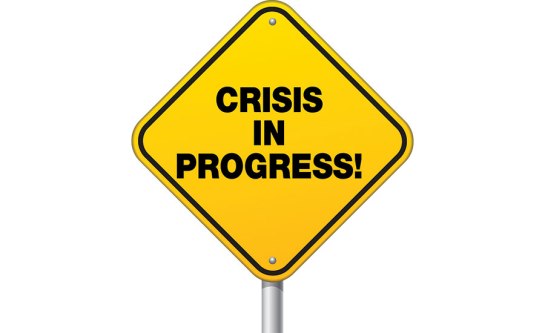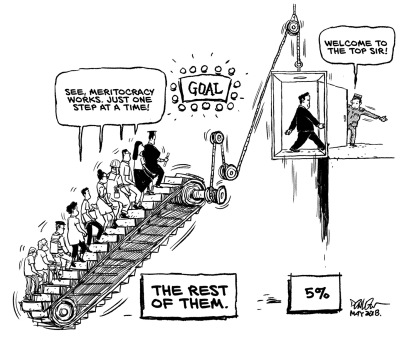Caveat Emptor
Navigating the labyrinthine alleys of software services, consulting, and methods purchases, you may encounter a Latin phrase that still rings true in our modern, hyper-connected world: “Caveat Emptor,” or “Let the Buyer Beware.”
In the rush to acquire the latest software method, tool, or the shine of a renowned coach or consultant, businesses and individuals alike are all too often seduced by clever marketing and lofty yet empty promises. The allure of immediate solutions and transformative results masks the pitfalls and hidden hazards that lie beneath the surface. A lack of care in these decisions doesn’t simply mean spaffing much money up the wall, often the purchases just make things markedly worse. (Examples: JIRA, SAFe).
An Ounce of Prevention
The cost of failed or misapplied technology can ripple through an organisation like a shockwave. It’s not just the money spent on the software or consultancy that’s at stake, but the collateral damage that occurs when things go wrong. That damage might involve wasted time, eroded trust, loss of personal credibility, and even the breakdown of essential systems and processes.
The Complex Webs We Weave
In the realm of buying software services and consulting, complexity can be a beast to tame. Snake oil can ensnare the ignorant, gullible and unwary. It’s here that the adage of Caveat Emptor reveals its wisdom.
Navigating the Pitfalls
- Realise You Don’t Know What You Need: Needs may (rarely) be apparent from the outset, but far more frequently needs will only emerga as you get into things, as you learn about the problem and possible solutions..
- Seek Transparency: Look for providers who are prepared to have skin in the game, and who are prepared to explore your needs with you.
- Consider Long-term Value: Assess the long-term benefits and how they align with your organisational goals. A cheaper, short-term solution might cost more in the long run.
The Conundrum of Incremental Discovery
The conventional purchasing model, often conducted through Purchasing Departments, tends to be rigid, linear, and typically driven by upfront specifications. But what happens when the needs are unknown or evolving, especially in the complex domain of software and consulting services?
Incremental discovery represents a more flexible and adaptive approach. By exploring and identifying needs and solutions step by step, it allows for continuous learning and adaptation. This is where the traditional purchasing model collides with the dynamism of modern requirements.
The Clash of Two Worlds
- Fixed vs. Flexible: Purchasing Departments often demand fixed specifications, pricing, and deliverables. Incremental discovery, on the other hand, acknowledges that needs and solutions unfold over time. This clash creates friction resultting in suboptimal outcomes.
- Contracts vs. Collaboration: Traditional purchasing emphasises binding agreements and often overlooks the necessity of ongoing collaboration. Incremental discovery calls for continuous engagement, understanding, and adjustment, which can be at odds with rigid contractual terms.
- Price vs. Value: The focus on obtaining the lowest price often overshadows the importance of achieving the best value. Incremental discovery considers long-term value, alignment with changing needs, buying the absolute minimum of shelfware, and the capacity to quickly and cheaply adapt to new insights.
- Risk Avoidance vs.Risk Management: While Purchasing Departments might aim to avoid risk through stringent controls, incremental discovery accepts that some level of risk is inevitable. It aims to manage and learn from risks, rather than avoiding them.
Finding a Balance
The challenge is to create an environment where the efficiency and control of traditional purchasing can coexist with the flexibility and adaptability of incremental discovery.
Some possible strategies might include:
- Educating Procurement Teams: Help them understand the nature of incremental discovery and why it can be beneficial.
- Creating Flexible Agreements: Design contracts that allow for adjustments and ongoing collaboration.
- Balancing Control and Trust: Foster a culture where control mechanisms are balanced with trust in the provider’s expertise and integrity.
In the end, recognising the tensions between the conventional purchasing approach and the requirements of incremental discovery is essential. Acknowledging that these methods might seem incompatible is the first step towards finding innovative ways to harmonise them. The rewards for those who navigate this complex landscape successfully can be significant, leading to more effective solutions, greater satisfaction, and enhanced long-term value.
A Path Forward
It’s a mistake to see Caveat Emptor as a cynical warning. Rather, it’s a beacon that guides the wise towards caution and an incremental approach. It reminds us that what shines brightest is not always gold, and that a discerning eye and thoughtful approach can save more than just money.
Taking the time to understand what you’re buying, why you’re buying it, and from whom you’re buying it is not just prudent but essential. By not only remembering but embracing Caveat Emptor, we guard against valueless expenditure and also arm ourselves with the tools to make informed, intelligent investments that yield lasting benefits.








